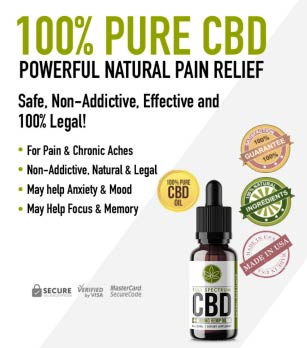Patients Blame DEA for Drug Shortages, Not Monopolies or Middlemen
/By Pat Anson, PNN Editor
Two federal agencies are getting more than they bargained for when they asked the public to comment on record shortages of prescription drugs.
In February, the Federal Trade Commission (FTC) and the Department of Health and Human Services (HHS) made a joint Request for Information in the Federal Register, asking how wholesalers and other “middlemen” in the drug supply chain were contributing to persistent shortages.
“When you’re prescribed an important medication by your doctor, and you learn the drug is out of stock, your heart sinks,” HHS Secretary Xavier Becerra said in a press release. “This devastating reality is the case for too many Americans who need generic drugs for ADHD, cancer, and other conditions. (This) announcement is part of the Biden-Harris Administration’s work to tackle healthcare monopolies and lessen the impact on vulnerable patients who bear the brunt of this lack of competition.”
Nearly 10,000 comments have been received so far, with many blaming the federal government for the drug shortages -- not monopolies, middlemen or lack of competition. Drawing the most criticism is the Drug Enforcement Administration (DEA), which sets annual production quotas for opioids, stimulants and other controlled substances. The CDC and FDA also came under fire from frustrated patients.
“The heavy-handed failure of the FDA/DEA to properly and ethically manage the uptick in ADHD prescriptions is creating a crisis on par with their equally underhanded failure in managing the opioid crisis,” wrote Matti Dupre. “Hardworking Americans are left looking at the individuals leading these organizations as a source of pain rather than as a means of support.”
“Millions of people are having a hard time getting their prescription opioid medications filled at pharmacies now. Why? Because the DEA have cut production down so low, pharmacies can't get what they need to fill our prescriptions,” said Candi P. “Wake up! Stop playing with our lives!”
“The government has gone way too far, with their guidelines and regulations regarding opioids,” wrote Julie Anuskewic, who has a painful immune system disorder. “My pain is not controlled because the CDC has scared all doctors into not prescribing. It’s bad enough that they have destroyed the doctor-patient relationship. Now they are destroying the patient-pharmacist relationship.”
Notably lacking in the FTC and HHS statement about drug shortages is any mention of the National Opioid Settlement, which has forced major drug wholesalers and big chain pharmacies to ration opioids and other controlled substances or risk losing their DEA licenses. Some manufacturers are also cutting back on production of generic opioids because the profit margins are low and the risk of further litigation is high.
A recent PNN survey found that 90% of patients with opioid prescriptions had trouble getting them filled, with one in five unable to get their pain medication even after contacting multiple pharmacies.
“The FTC is looking in the wrong places for reasons for drug shortages, at least as far as opioids and stimulants are concerned,” wrote Andrea MacNary. “In those cases, the shortages are a direct result of the DEA's policies – with input from the FDA – that have seen annual reductions in the amount of drugs that manufacturers are allowed to produce.
”This results in patients being unable to obtain their legally prescribed medications in a timely manner. Because pharmacies have shortages, patients are then forced to call around to different pharmacies looking for their meds. This is extremely difficult, because not only do pharmacies not want to disclose whether they have the drugs in stock, but if the patient does find them, they must obtain a new prescription from their doctor.”
‘Broken Quota System’
One critic sees the public outreach by the FTC and HHS as a ham-handed attempt to coverup the DEA’s “crude and inadequate system” for regulating controlled substances
“I believe the FTC is only trying to find cover for the Drug Enforcement Administration.The DEA is the only governmental agency that sets production and distribution quotas for every drug company manufacturing controlled medication,” William Dodson, MD, wrote in a recent op/ed in ADDitude. “This problem traces its roots and long tendrils back to the DEA alone. No other agency has the authority to create and prolong it.
“The time has long since passed for the DEA to admit its fault and fix its broken quota system. There has already been too much needless suffering by innocent people who did nothing to cause the DEA’s restrictions.”
That’s not how the DEA sees it. This month a top DEA official compared the growing demand for Adderall and other ADHD stimulants to the early stages of the opioid crisis. Matthew Strait claimed the problem isn’t tight supplies, but excessive prescribing of stimulants.
“I’m not trying to be a doomsday-er here,” said Strait, deputy assistant administrator in the DEA’s diversion control division. “It makes me feel like we’re at the precipice of our next drug crisis in the United States.”
If you’d like to make a comment in the Federal Register on the FTC and HHS Request for Information, click here. Comments will be accepted until May 30.






